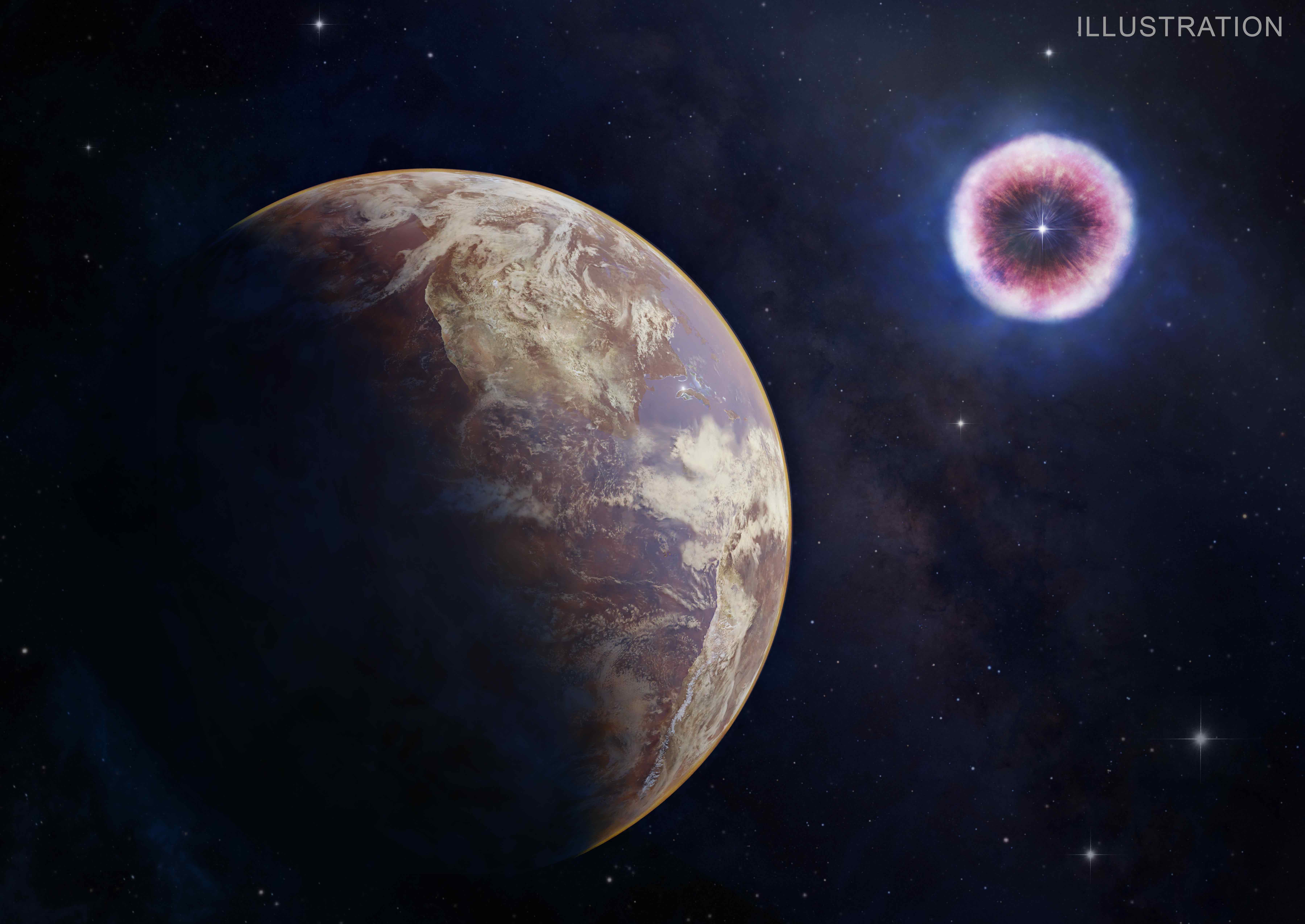Shining 24,000 light-years from Earth is an expanding leftover of a supernova that is doing a great cleanup job in its neighborhood. As this new composite image from NASA reveals, G352.7-0.1 (G352 for short) is more efficient than expected, picking up debris equivalent to about 45 times the mass of the Sun.
"A recent study suggests that, surprisingly, the X-ray emission in G352 is dominated by the hotter (about 30 million degrees Celsius) debris from the explosion, rather than cooler (about 2 million degrees) emission from surrounding material that has been swept up by the expanding shock wave," the Chandra X-Ray Observatory's website stated.
"This is curious because astronomers estimate that G352 exploded about 2,200 years ago, and supernova remnants of this age usually produce X-rays that are dominated by swept-up material. Scientists are still trying to come up with an explanation for this behavior."
More information about G352 is
available in the Astrophysical Journal
and also in
preprint version on Arxiv
.
Source:
Chandra X-Ray Telescope
 Universe Today
Universe Today
